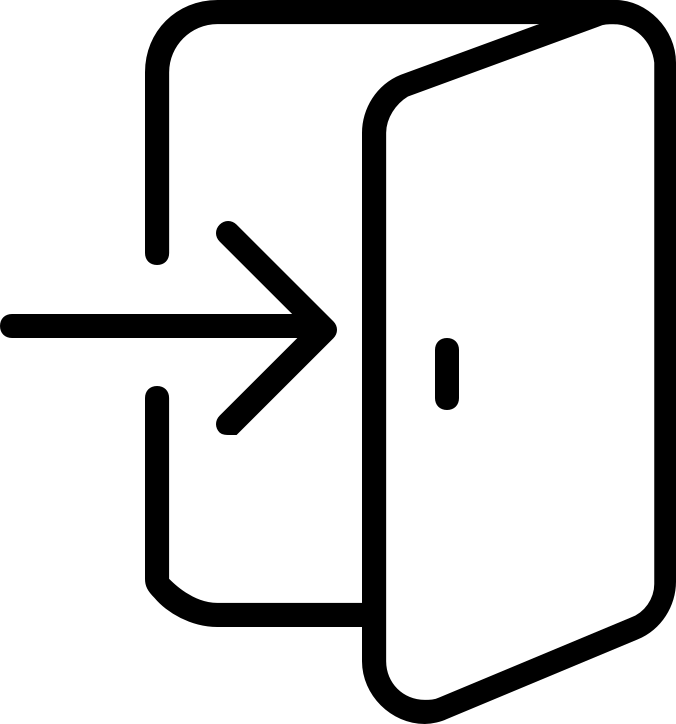Structure of an IGNOU MBA Project Report: A Detailed Breakdown
Writing an IGNOU MBA project report requires a well-defined structure to ensure your research is showcased in a organized and professional manner. The structure not only helps you organize your thoughts but also makes it easier for your evaluators to follow your work. This article provides a detailed breakdown of the format of an IGNOU MBA project report, helping you manage the process effectively .
Introduction
The IGNOU MBA project report is a major component of your degree program, requiring you to conduct thorough research and submit your findings in a organized format. A well-structured report not only improves the clarity of your work but also ensures that you meet all the criteria set by IGNOU. This guide will walk you through the key components of an IGNOU MBA project report, providing advice to help you create a high-quality document.
1. Cover Page
Purpose
The title page is the first page of your project report and provides essential information about your research.
Action Steps
Title : Provide a specific and brief title for your project.
Your Name : Include your details and enrollment number .
Program : Mention the course name, such as “Master of Business Administration (MBA).”
Submission Deadline: Include the submission deadline of your report.
2. Gratitude
Purpose
The acknowledgements section allows you to thank those who supported you during your research.
Should you have any kind of queries with regards to where along with how to use Ignou Project MBA, you can email us in our site. What to Include
Acknowledge Your Mentor: Express gratitude to your guide for their support.
Thank Your Institution : Mention your institution and any faculty who assisted you.
Thank Family : Acknowledge the encouragement of your friends.
3. Index
Importance
The table of contents provides a detailed list of chapters and references, making it easier for readers to navigate your report.
What to Include
Include All Sections : Include all sections and subsections with their page numbers .
Format Properly: Ensure the table of contents is well-formatted and clear.
4. Background
Importance
The introduction sets the background for your research and explains its importance.
What to Include
Background : Provide context information on your topic.
Research Question: Clearly state the research question you are addressing.
Goals: Outline the primary objectives of your research.
Limitations: Define the scope of your research.
5. Literature Review
Importance
The literature review reviews previous studies related to your topic and identifies areas for further research.
Action Steps
Summarize Existing Studies: Provide a summary of previous studies related to your topic.
Identify Gaps: Identify gaps or areas that require further research.
Reference Sources: Properly cite all references used in your literature review.
6. Methodology
Purpose
The methodology section describes the techniques you used to gather and analyze data.
Action Steps
Approach: Describe the nature of research design you used, such as qualitative or combined approach.
Techniques: Explain the techniques you used to gather data, such as surveys , secondary data analysis, or experiments .
Techniques: Describe the methods you used to analyze your data.
7. Findings
Purpose
The findings section presents your research results in a clear and organized manner.
What to Include
Display Data: Use tables , graphs , and descriptions to present your data.
Organize Findings: Organize your findings into coherent sections or themes.
Highlight Key Points: Highlight the main points of your findings.
8. Analysis
Importance
The discussion section interprets your findings and explains their implications .
What to Include
Interpret Findings: Explain what your findings mean and how they relate to your research question .
Compare with Existing Studies: Compare your findings with previous studies.
Discuss Implications: Discuss the implications of your findings for theory .
9. Summary
Importance
The conclusion summarizes your research and emphasizes its key takeaways .
Action Steps
Recap Research: Provide a brief summary of your research.
Emphasize Key Findings: Highlight the key findings of your research.
Reiterate Objectives: Restate the objectives of your research and how they were achieved .
10. Recommendations
Importance
The recommendations section provides practical suggestions based on your research findings.
Action Steps
Provide Recommendations: Offer practical recommendations based on your findings.
Address Real-World Problems: Ensure your recommendations tackle real-world business problems.
Avoid Generalizations: Provide specific recommendations rather than vague suggestions.
11. References
Importance
The references section lists all the sources you used in your research, ensuring reliability and preventing plagiarism.
What to Include
List All Sources : Include all sources cited in your report.
Adhere to Citation Style: Use the required citation style, such as APA, MLA, or Harvard.
Format Properly: Ensure the references are properly formatted and clear.
Conclusion
The format of an IGNOU MBA project report is critical to ensuring your research is showcased in a logical and professional manner. By following this comprehensive breakdown, you can develop a well-written project report that meets all the requirements set by IGNOU. Remember to keep track, seek feedback , and adhere to the requirements provided by IGNOU to ensure your success.

